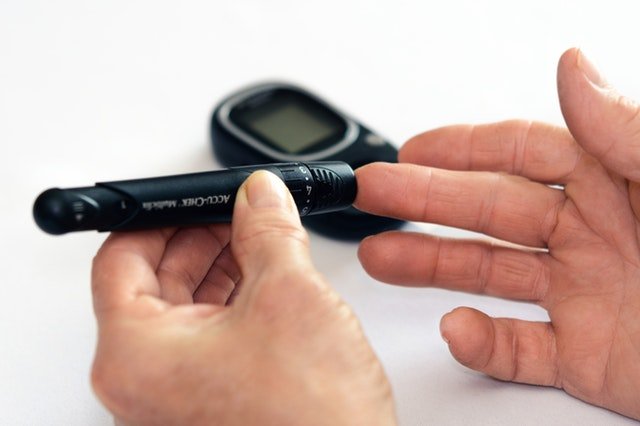
In a recent study, researchers find that Many patients who will later be diagnosed with diabetes show signs of chronic kidney disease (CKD) even before their diabetes diagnosis.
Doctors have long known that patients with diabetes are at risk for kidney disease.
But this study shows that patients could suffer undiagnosed kidney damage even before they are aware that they have diabetes.
About 10% of the U.S. population — around 20 million people — have CKD. Diabetes is the leading cause of CKD and end-stage renal disease.
One-third of adults with diabetes have CKD. Other conditions that often co-occur with diabetes, such as cardiovascular disease, also raise the risk of kidney disease.
No cure currently exists for CKD, but treatment can delay its progression if it is detected early.
The team explains the importance of early detection:
“While CKD is silent, it can also lead to a higher risk of various complications such as high blood pressure, cardiovascular disease, and death.
Early recognition of CKD can help implement measures that can delay its progression, and is thus very important.
While there are no cures for established CKD, a healthy lifestyle, good blood pressure and diabetes control, and avoidance of various harmful exposures, such as over-the-counter painkillers, can help delay CKD’s progression.”
Health care guidelines recommend screening for CKD for at-risk patients. However, patients often are screened only after they are diagnosed with established diabetes.
In the study, to assess the risk of kidney damage from undiagnosed diabetes, the researchers looked at data on 36,794 veterans who were diagnosed with diabetes between 2003 and 2013.
They found that 31.6% of these veterans had evidence of CKD prior to the diabetes diagnosis, based on estimated glomerular filtration rate (eGFR) and urine-albumin-creatine ratios, two common measures of kidney function.
Veterans with higher age, hemoglobin A1C, blood pressure, and body mass index (BMI) also had a greater risk of CKD. All of these factors are themselves risk factors for diabetes.
Those with cerebrovascular disease, congestive heart failure, or peripheral artery disease — conditions that are frequently seen alongside diabetes — had higher kidney disease risk as well.
The findings suggest that kidney damage often occurs before diabetes is diagnosed, say the researchers.
They propose two possible reasons for this early kidney damage:
Type 2 diabetes can be undiagnosed for a long time, meaning the kidneys are being damaged without the patient or doctors being aware.
Or, kidney damage could come from other conditions common in the population at risk for diabetes.
According to the researchers, the results highlight an opportunity for broadening screening among patients with increased risk of CKD.
More screening of at-risk populations could lead to earlier identification of diabetes, which could, in turn, prevent organ damage.
The study also showed disparities in the rates of CKD based on race. Asian Americans and African Americans had higher rates of chronic kidney disease than whites.
However, the proportion of patients who were minorities decreased as disease severity increased.
These results based on racial group differ somewhat from the results of other studies. African Americans and Hispanics have generally been shown to have higher rates of CKD than whites.
The disease also tends to progress faster in these populations. But results in this study did not show a higher risk for Hispanics.
The study also showed different risk for kidney disease based on where in the country veterans lived.
Those in the Northeast had a lower risk of chronic kidney disease than those in the Midwest, South, and West.
The highest rates of chronic kidney disease were in the upper Midwest, central and south Florida, and a band of the mid-south and North Carolina.
The team suggests more analysis is needed to figure out exactly why these parts of the country have higher rates of CKD, as well as to explore the reasons for the difference in risk based on race.
The results appear in the journal PLoS One.
Copyright © 2018 Knowridge Science Report. All rights reserved.
Source: PLoS One.



